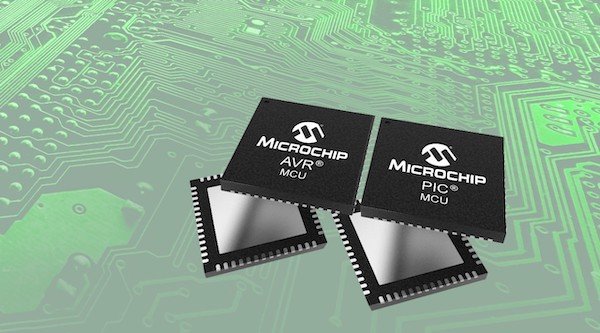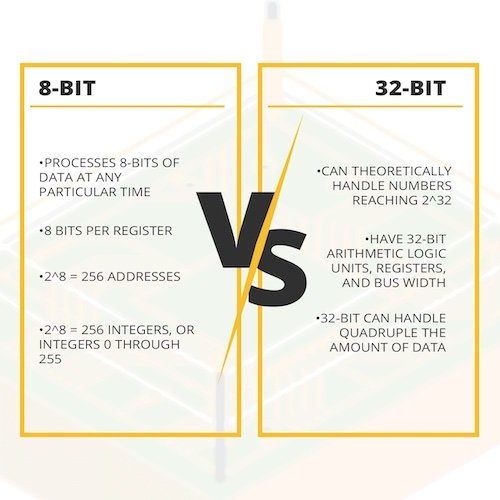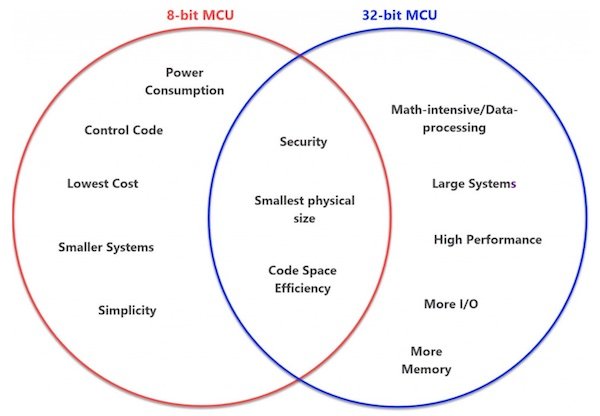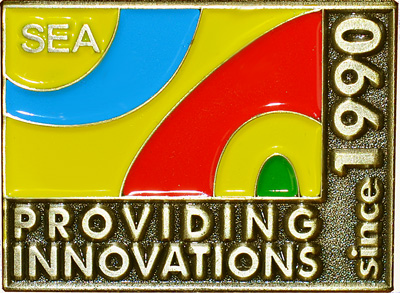In today's world, embedded systems design is becoming an increasingly popular and important aspect of electronics. Now you can find microcontrollers in the vast majority of electronic and household devices on the market.
To support the wide variety and distribution of embedded devices required a universal market with offers that meet the needs of most programs. With this in mind, Microchip recently released five brand new families of 8-bit PIC and AVR microcontrollers with a total of more than 60 devices. In this article, we'll look at why 8-bit microcontrollers are needed and what the five new Microchip families bring.

Visualization of Microchip AVR and PIC microcontrollers
Bit of the microcontroller
Microcontrollers can be used in a variety of applications, so an engineer can choose from a variety of options or characteristics. One of the key defining characteristics of a microcontroller is its bit size with some standard parameters, including 8-bit, 16-bit and 32-bit.

Comparison of 8-bit and 32-bit microcontrollers
The bit size of the MCU determines how much data the device can process simultaneously at the most basic level. For example, an 8-bit MCU can only perform arithmetic operations with 8-bit numbers, and a 32-bit MCU can work with 32-bit numbers. Thus, the higher the bit rate, the higher the accuracy, resolution and processing capabilities of the microcontroller.
Another important consequence of bit rate is the total number of memory addresses that the microcontroller can theoretically support. The microcontroller can theoretically address 256 (2 8 ) memory cells, each of which consists of 8-bit registers in an 8-bit system . On the other hand, a 32-bit MCU can support up to 4,294,967,296 (2 32 ) memory cells, each of which consists of 32-bit registers.
It is important to note that this number is theoretical and the actual memory of 32-bit microcontrollers is usually much less than the theoretical maximum.
Advantages of 8-bit microcontrollers
Despite the relative lack of processing capabilities and memory, 8-bit microcontrollers still have advantages over their 32-bit counterparts.
One of the disadvantages of a more powerful microcontroller with higher bit rate is that increased performance is often achieved by increasing programming complexity. Just because of the increased resources, the firmware for a 32-bit microcontroller will usually be much more difficult to develop and maintain than for an 8-bit counterpart.

Venn diagram comparing the general characteristics / specifications of 8-bit and 32-bit microcontrollers
In addition, microcontrollers with higher bit rates typically run at higher clock speeds than microcontrollers with lower bit rates. A key disadvantage of this is the higher power consumption, which is especially harmful because many embedded structures tend to be battery-powered, making energy efficiency a vital feature of the system.
Finally, 8-bit microcontrollers tend to be cheaper and take up less space than higher-bit solutions. Again, this is a crucial factor in embedded designs, such as IoT devices, where space, weight, and total cost are key design factors.
New Microchip’s products
Five new families of 8-bit microcontrollers:
- AVR DD family: A family of 8-bit AVR microcontrollers specifically designed for real-time control and operation of various voltages at home and in IoT applications. In this family, the standard Microchip AVR CPU runs at 24 MHz and supports 16 KB, 32 KB and 64 KB flash memory.
- PIC16F18076 family: a family of 8-bit PIC microcontrollers designed for low-cost sensors and control systems.
- PIC16F171xx family: a family of 8-bit PIC microcontrollers designed for applications with raw sensors where signal amplification and / or filtering is required. This family claims the title of the first to offer an integrated operational amplifier and a 12-bit differential ADC with calculations in a housing with a small number of pins.
- PIC18-Q71 family: a family of 8-bit PIC microcontrollers designed for high-bandwidth applications, mixed signals and sensors such as home automation and IoT. The family uniquely combines 2 operational amplifiers, a 12-bit differential ADC with calculations and context switching, 8/10-bit DACs and a high-speed analog comparator in one case.
- PIC16F181xx family: a family of 8-bit PIC microcontrollers designed for analog sensors and sensor fusion applications.
Microchip is consolidating its position as an 8-bit microcontroller in today's industry and hopes to take a leading position in this niche with the introduction of a new set of 8-bit microcontrollers,.
SEA Company offers its customers a wide range of products manufactured by Microchip from a warehouse in Kyiv, which are used in various end markets of industrial, automotive and household industries.
 To buy Microchip microcontrollers or get qualified advice, contact the office of the SEA Company by phone: +38 (044) 330-00-88 or by e-mail: info@sea.com.ua
To buy Microchip microcontrollers or get qualified advice, contact the office of the SEA Company by phone: +38 (044) 330-00-88 or by e-mail: info@sea.com.ua
